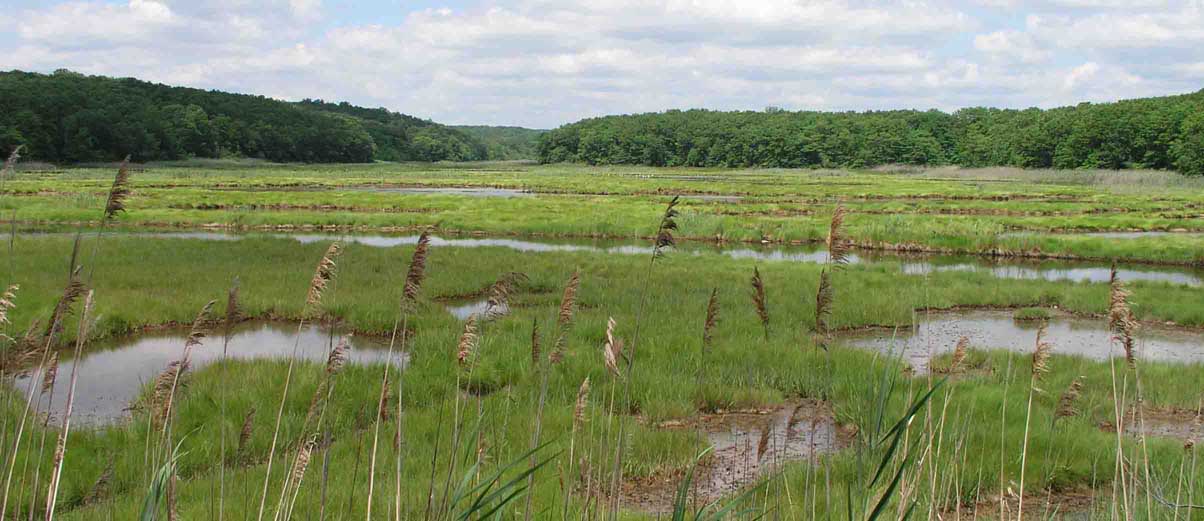
In a recent chat at work, my boss recalled his childhood days of hiking in the forest and adjacent marshes. Over a few years, he saw his backyard marsh dwindle as people cleared the land for urban development. The water drained from the marshes was enough to create a pool of water that froze into a natural ice hockey rink. The remainder of the drained marshes were then re-filled to redevelop the seemingly ideal, open and flat land.
Over the last few centuries, lots of salt marshes were lost to urban development. In Canada’s Pacific, 70% of salt marshes were destroyed by pollution or turned into agricultural land, roads, and residential areas, according to Capital Regional District. If you have ever been to Victoria, imagine that there used to be a marsh in the vicinity of the Empress hotel, or near Point Hope Shipyards.
Why does that matter? The article “Salt marshes are great Carbon sinks” covers a few key reasons that having salt marshes around are beneficial for us. First, since salt marshes lie on the coastline between the sea and land, they can help mitigate flooding. The layers of sediment in salt marshes slow down tidal waves that could potentially bring catastrophic damage to homes and infrastructure. Second, salt marshes house a great diversity of plants, animals, and other wildlife. Birds, fish, insects, snails, and many other organisms depend on marshes for feeding and nurturing their young. The City of Toronto recounts the Don River and the nearby salt marshes that used to be a major fishing, hunting, and gathering site for the First Nations, and now are sources of some commercially important species.
Third, salt marshes can potentially slow down climate change. They have the capacity to soak up carbon dioxide (CO2) and hold it in the soil instead of releasing it into the atmosphere.
The feature of this news article was a novel study on efforts to turn farmland back into salt marshes. The intriguing part about their study was that they compared the carbon absorbing properties of a natural, long-living salt marsh with a 15 year old salt marsh recreated from flooding a piece of agricultural land (instead of maintaining a coastline, they allow the sea to flood the adjacent land, which can eventually create a marsh habitat). Lead author Dr. Annette Burden and colleagues found that the restored salt marsh was much less effective of a carbon sink and less biologically diverse than the natural salt marsh. They estimate another 100 years before a recreated salt marsh can attain the properties of a natural salt marsh.
Even 15 years after restoring the salt marsh, the marsh did not have the same chemical powers and life forms found in a natural salt marsh. This suggests that the impact of habitat loss and urban development is not easily reversible. However in the long term, Dr. Burden’s research suggests hope that salt marshes can be an effective CO2 absorbent for a healthier environment.
